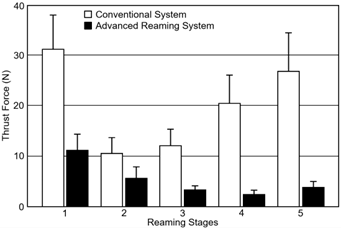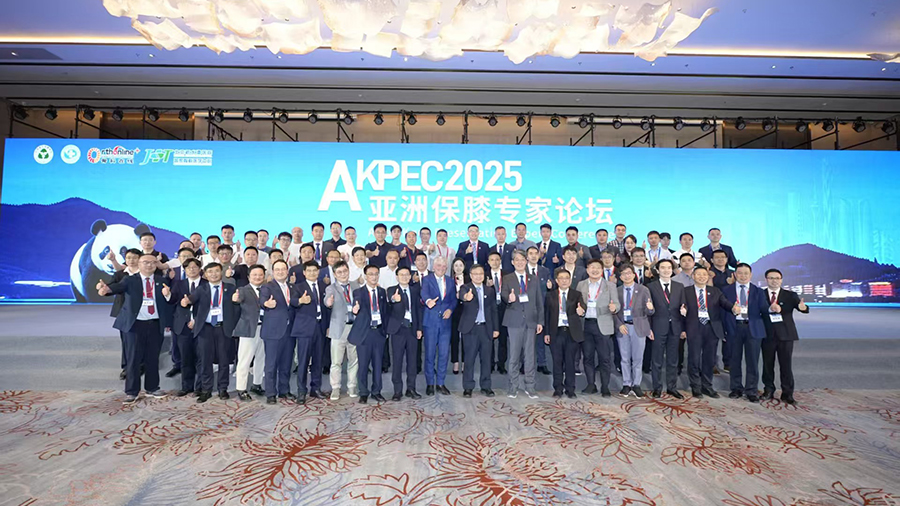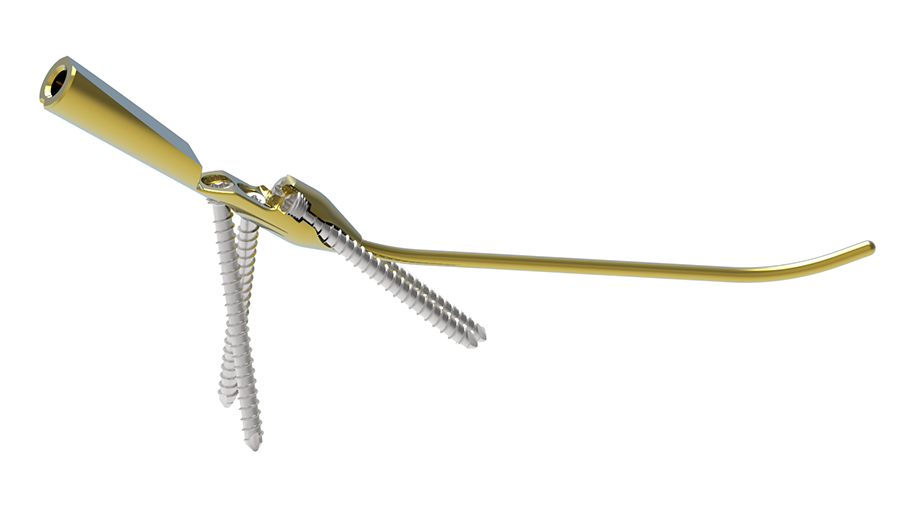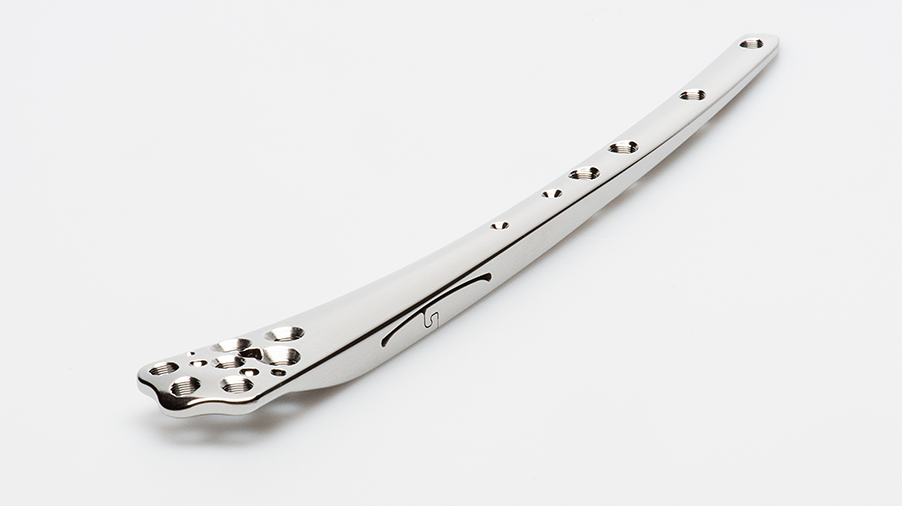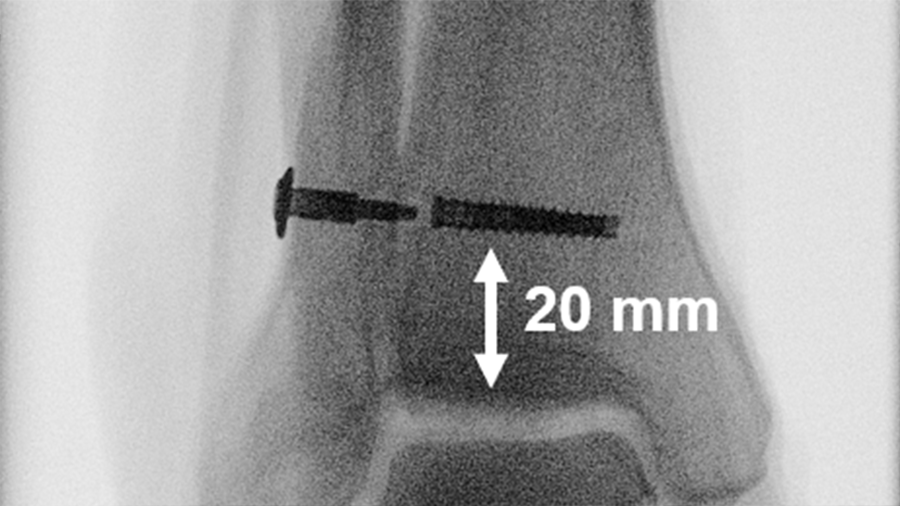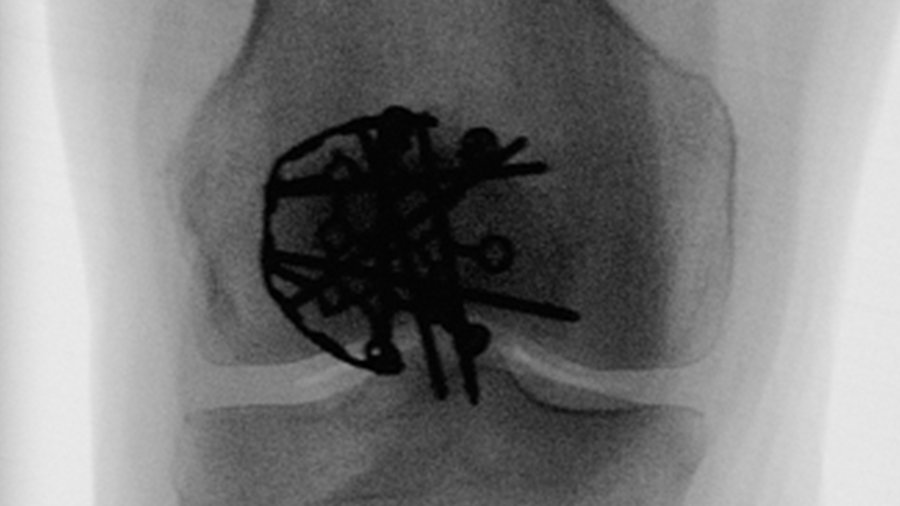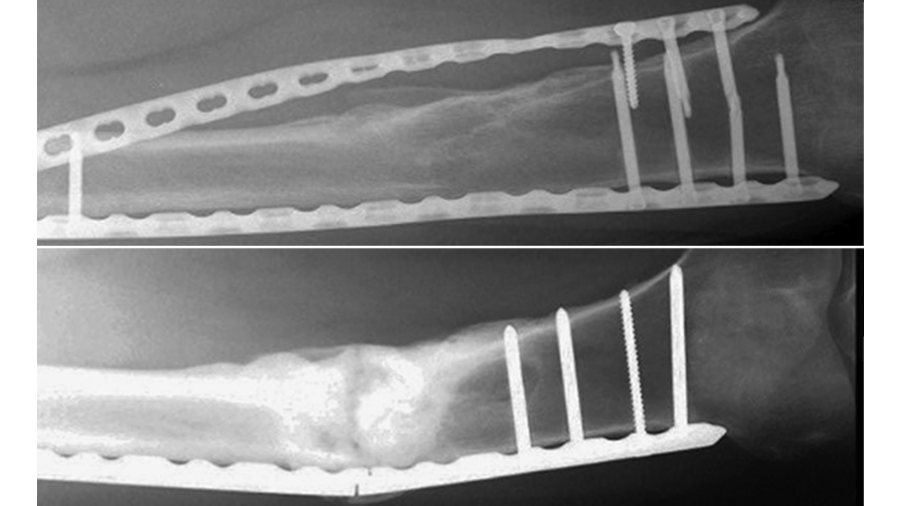
Advanced Reaming System for Intramedullary Nailing – Experimental Cadaveric Analysis
Reaming is a critical step during intramedullary nailing, enhancing implant fit and promoting healing. However, conventional reaming systems can elevate intramedullary pressure and temperature, potentially leading to such complications as fat embolism and/or thermal damage. Recently, the Advanced Reaming System was introduced to address these issues, incorporating a Flexible Monobloc Reamer with both front- and side-cutting features and streamlined distal end for high performance and efficiency (Fig 1).
Fig 1: Flexible Monobloc Reamer with elastic shaft and deeply fluted reamer head incorporating both front- and side-cutting features to reduce intramedullary pressure, increase flow of bone chips and marrow, and facilitate high performance and efficiency.
Building on this innovation, an experimental study was performed to evaluate the performance of the novel reaming system versus the conventional Synream one, with focus on intramedullary pressure, temperature, thrust force, and integral effort/energy during sequential reaming stages. For this purpose, eight pairs of porcine cadaveric humeri – assigned to two study groups and instrumented with pressure sensors and thermocouples – underwent standardized reaming procedures in a testing machine setup.
The results demonstrate significantly lower intramedullary pressure, temperature, thrust force and integral effort/energy indicated for the Advanced Reaming System versus the conventional reaming system, P ≤ 0.018 (Fig 2). These findings highlight the potential of the novel reaming system to reduce surgical effort and enhance performance and efficiency during intramedullary reaming.
Fig 2: Thrust force during five sequential reaming stages of both tested reaming systems presented in terms of mean value and standard error.
Disclaimer:
Hazards and labeling
Due to varying countries’ legal and regulatory approval requirements, consult the appropriate local product labeling for approved intended use of the products described on this website. All devices on this website are approved by the AO Technical Commission. For logistical reasons, these devices may not be available in all countries worldwide at the date of publication.
Legal restrictions
This work was produced by AO Foundation, Switzerland. All rights reserved by AO Foundation. This publication, including all parts thereof, is legally protected by copyright.
Any use, exploitation or commercialization outside the narrow limits set forth by copyright legislation and the restrictions on use laid out below, without the publisher‘s consent, is illegal and liable to prosecution. This applies in particular to photostat reproduction, copying, scanning or duplication of any kind, translation, preparation of microfilms, electronic data processing, and storage such as making this publication available on Intranet or Internet.
Some of the products, names, instruments, treatments, logos, designs, etc referred to in this publication are also protected by patents, trademarks or by other intellectual property protection laws (eg, “AO” and the AO logo are subject to trademark applications/registrations) even though specific reference to this fact is not always made in the text. Therefore, the appearance of a name, instrument, etc without designation as proprietary is not to be construed as a representation by the publisher that it is in the public domain.
Restrictions on use: The rightful owner of an authorized copy of this work may use it for educational and research purposes only. Single images or illustrations may be copied for research or educational purposes only. The images or illustrations may not be altered in any way and need to carry the following statement of origin “Copyright by AO Foundation, Switzerland”.
Check www.aofoundation.org/disclaimer for more information.
If you have any comments or questions on the articles or the new devices, please do not hesitate to contact us.
The brands and labels "approved by AO Technical Commission" and "approved by AO Foundation", particularly "AO" and the AO logo, are AO Foundation's intellectual property and subject to trademark applications and registrations, respectively. The use of these brands and labels is regulated by licensing agreements between AO Foundation and the producers of innovation products obliged to use such labels to declare the products as AO Technical Commission or AO Foundation approved solutions. Any unauthorized or inadequate use of these trademarks may be subject to legal action.


